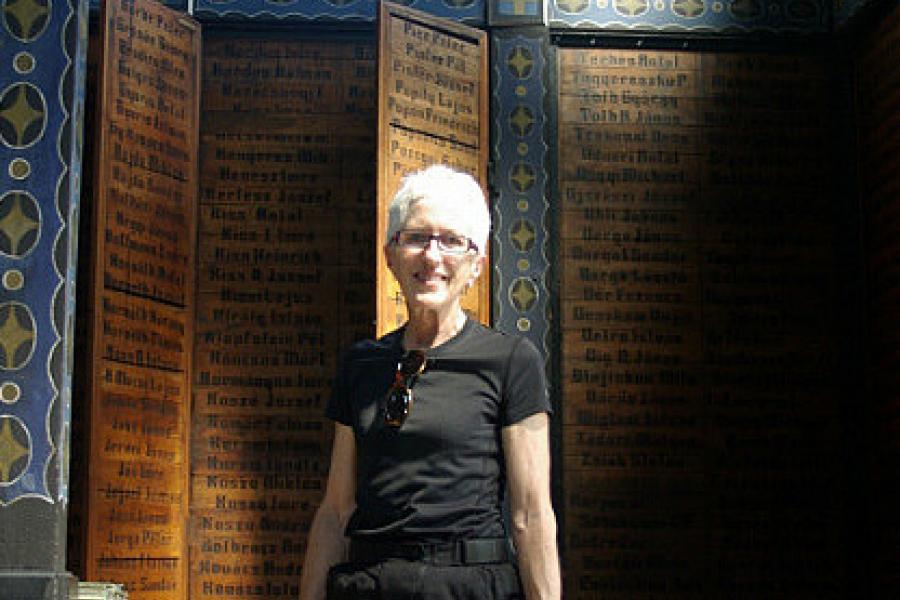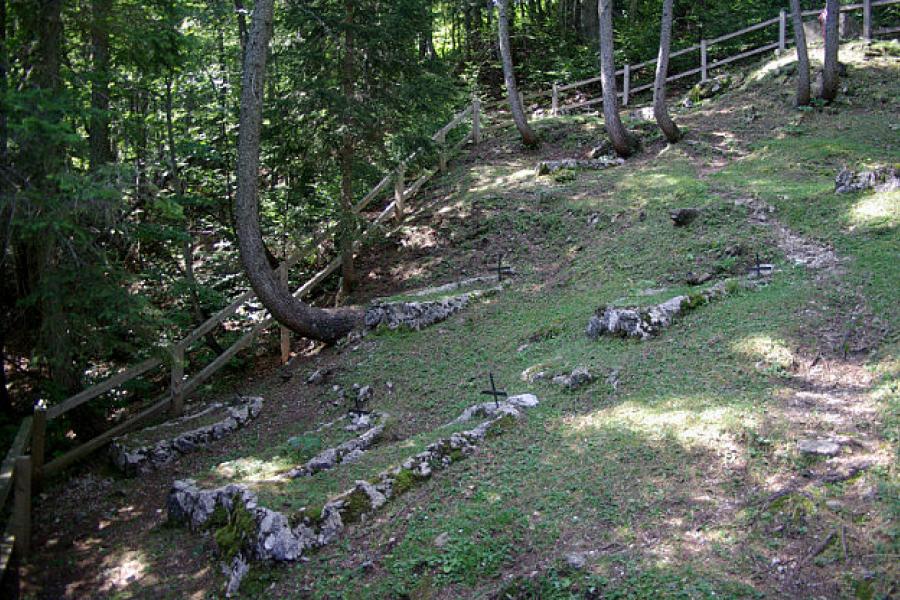2. Slovenia in a heatwave (Originally posted 25 August 2012
Country
By the time Jo and I gunned Just Sue off the The Hook ferry and headed in a generally south eastern direction across Holland, we had plenty of pent up energy. We got the bike up to the best speed allowed on the restrictive Dutch freeways then crossed into Germany and got down to the real business. Despite holiday traffic, road works and the occasional radar we crossed Western Europe from the north west to the south east in a little over two days and rolled into Ljubljana, the capital of Slovenia, in a blistering summer heatwave.
A long flog along a freeway is about as interesting to bikers as standing under a cold shower (or in this case a hot one) getting beaten with a fence paling but we have learned that, when on a “transit leg”, the best option is almost always to knuckle down and just get it done, heatwave or no. By the time we found a tourist class hotel in this beautiful compact city of a quarter million we were soaked through with sweat. We did, however, arrive in time for a look around, dinner and the chance to use up a free beer voucher. Since the local beer is excellent, this proved to be the highlight of a miserably hot day.
Slovenia comprised about 13% of the old Yugoslavia but accounted for about a third of its exports so it had a head start when the old Eastern Block fell apart. These days the country has shaken off much of its communist legacy and looks prosperous and well organised. Like a number of other central European countries we have visited, it is stunningly clean and litter free. Whatever they put in the water to achieve this should be bottled and exported in large volume to Australia.
A couple of days playing tourist in Ljubljana was pleasant enough, but not the reason we came to Slovenia. An hour's ride on the back-roads to the north west lay the Julian Alps, the eastern extent of that great line of mountains stretching from the French coast to the Adriatic which are the reason for our continued fascination with this part of the world. But, even the Julian Alps on their own would not have been sufficient reason to come. They are, after all, lower and far less spectacular than other mountains and have few of the mountain motorcycle roads we crave. The reason for our trip was the WWI battle fields running down the Soča (pronounced Sot cha) River Valley. This was the eastern end of a front extending from the Stelvio Pass near the Swiss border all the way to the Adriatic. It was in the Soča Valley that the worst and most decisive, or in this case indecisive, fighting took place and where we would find some of the reasons the national boundaries in the Alps are where they are today.
The fighting itself had little effect on the final political settlement of the Alps which had been hammered out between France, Britain and Italy in the early months of the conflict. In essence, Italy was allied with the Austro-Hungarian Empire and Germany at the outbreak of war and initially remained neutral. It elected to join the British alliance once it became apparent that Germany might not win and that land and national glory could be gained by fighting. The intention was for a victorious Italian army to sweep on to Vienna and establish a new European power. It didn't work out that way. The campaign was run with breathtaking incompetence by a general named Cardona whose relationship with a feckless Italian king kept him in charge until the county's French and British allies insisted on his removal as a condition of continued support. By then Italy had lost 14,000 sq km of its territory and one million citizens to its enemy.
Our visit was amazingly productive. We found a wealth of information in the sites we visited, including information that contradicted the common opinion of the historians we had found in our research. The other delight was to find the sites, even the simplest ones, well preserved and well presented. Like much else, the Slovenes do their history well, but it is hard to visit these places without feeling great sadness for the victims of such stupidity and incompetence. Military history buffs would enjoy a visit to the excellent museum at Kobarid. It is one of the best we have seen.
By the end of the week we had what we wanted. We had also explored the valley, ridden the important mountain passes, quality tested the wine and I had assured myself that the country was in no danger of running out of its excellent beer. Still pushing to make up our lost weeks, we rode further south through the back-roads and well ordered villages on our way to Trieste and other mysteries.




























